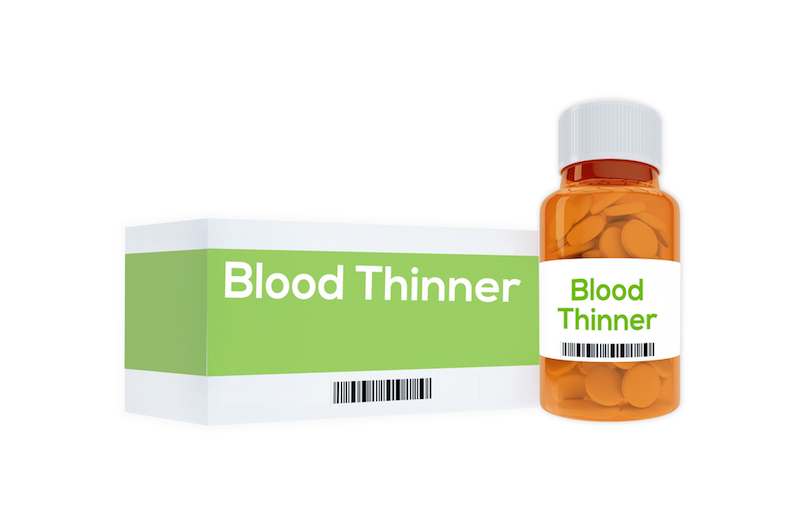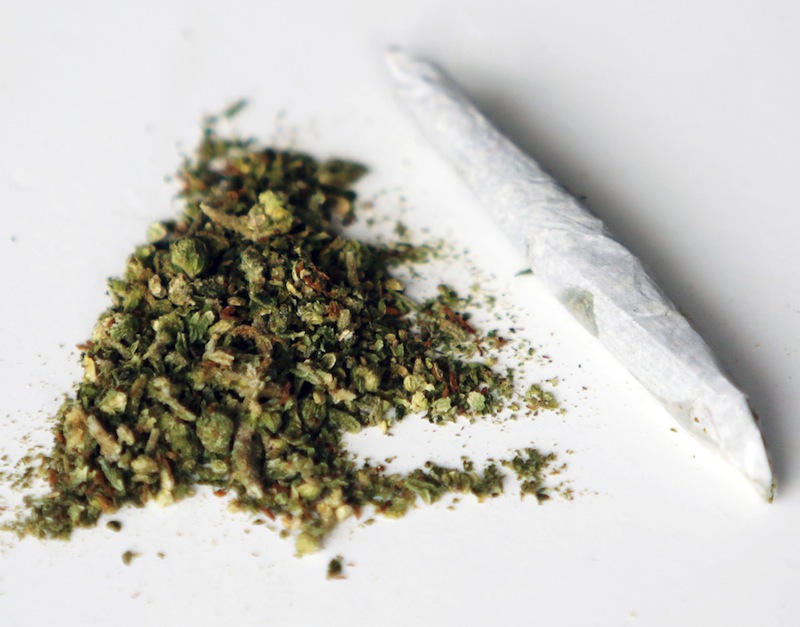Mixing the Pot? 7 Ways Marijuana Interacts with Medicines
Marijuana interactions

Marijuana is currently not approved by the U.S. Food and Drug Administration as a treatment for any medical condition, but a number of states do allow people to use the drug for medical or recreational purposes. Still, users should be aware that marijuana may interact with other prescription medications.
Although there's been limited research on marijuana's potential drug interactions, here's what doctors know about how marijuana interacts with other medications:
Viagra

Marijuana may interact with drugs, including Viagra, that are broken down by chemicals in the liver known as cytochrome P450 enzymes, according to the Mayo Clinic. That's because compounds in marijuana can inhibit these enzymes. Therefore, marijuana may prevent other drugs from being broken down properly.
As a result, people who smoke marijuana and take these drugs may have increased levels of these other drugs in their blood, which "may cause increased effects or potentially serious adverse reactions," the Mayo Clinic said.
In one case, reported in 2002 by researchers in the United Kingdom, a 41-year-old man had a heart attack after taking marijuana and Viagra together. The researchers said they could not prove that the marijuana-Viagra combination was definitely the cause of the man's heart attack; however, they did say that doctors "should be aware" of the effects of inhibiting cytochrome P450 enzymes when prescribing Viagra.
Warfarin

Another commonly prescribed drug that's broken down by the cytochrome P450 enzymes is the blood thinner warfarin, which is prescribed to treat and prevent blood clots. In 2009, doctors at the Cheyenne Veterans Affairs Medical Center in Wyoming reported the caseof a 56-year-old man who was admitted to the hospital with stomach bleeding after smoking marijuana frequently while taking warfarin. He went home after a week in the hospital, but then was readmitted just 15 days later with a nosebleed and bruising. He told his doctors that he smoked marijuana, and he was counseled on the potential interactions of marijuana and warfarin.
Because marijuana affects the cytochrome P450 enzymes, it may inhibit the breakdown of warfarin, leading to an increase in warfarin's effects, the report said. The man stopped smoking marijuana and did not experience further bleeding complications over the next nine months during which the researchers followed up with him.
Get the world’s most fascinating discoveries delivered straight to your inbox.
Benzodiazepines

When people take benzodiazepines — which include muscle relaxants as well as drugs that treat anxiety, such as Valium — in combination with marijuana, the result can be "central nervous system depression," according to according to a 2007 review paper in the American Journal of Health-System Pharmacy. This means that people can experience decreased breathing and heart rates, and loss of consciousness.
According to the Mayo Clinic, marijuana can increase the drowsiness caused by benzodiazepines and some other drugs (such as barbiturates and codeine). Therefore, people need to be cautious if they drive or operate machinery after using these drugs with marijuana, the Mayo Clinic said.
Ketoconazole

The antifungal medication ketoconazole also inhibitscytochrome P450 enzymes. When this medication is taken with marijuana, it slows the breakdown of tetrahydrocannabinol, or THC, the active ingredient in marijuana, in the body. So, taking the two drugs together may increase the concentration of THC in the body, according to a 2014 article in the trade journal Pharmacy Times.
Prozac

The antidepressant fluoxetine, commonly called by its brand name Prozac, can inhibit cytochrome P450 enzymes. This means that, like ketoconazole, fluoxetine mayslow down the metabolism of THC and therefore increase the concentration of THC in the body.
In 1991, researchers reported a case of a 21-year-old who experienced severe mania and psychosis after taking fluoxetine and using marijuana. The researchers hypothesized that marijuana might also increase levels of the chemical serotonin in the brain, which would enhance the effects of fluoxetine, but this is not proven.
Rifampin

The antibiotic medication rifampin, which is used to treat tuberculosis and Legionnaires' disease,can boost the activity of cytochrome P450 enzymes. This means that rifampinmay speed up the breakdown of THC, reducing the levels of that substance in the body, according to the Pharmacy Times.
Diabetes medications

Marijuana may affect people's blood-sugar levels, according to the Mayo Clinic. Indeed, some studies have found that marijuana users are less resistant to the effects of insulin, the hormone that helps blood sugar get inside cells, which could mean that their systems are better able to control their blood sugar levels.
But on the flip side, other studies have found that marijuana users are at increased risk of developing prediabetes, a condition in which people have elevated blood sugar levels.
People who take marijuana with drugs for diabetes should be monitored closely, and adjustments to their medications may be necessary, the Mayo Clinic said.
Original article on Live Science.

Rachael is a Live Science contributor, and was a former channel editor and senior writer for Live Science between 2010 and 2022. She has a master's degree in journalism from New York University's Science, Health and Environmental Reporting Program. She also holds a B.S. in molecular biology and an M.S. in biology from the University of California, San Diego. Her work has appeared in Scienceline, The Washington Post and Scientific American.

